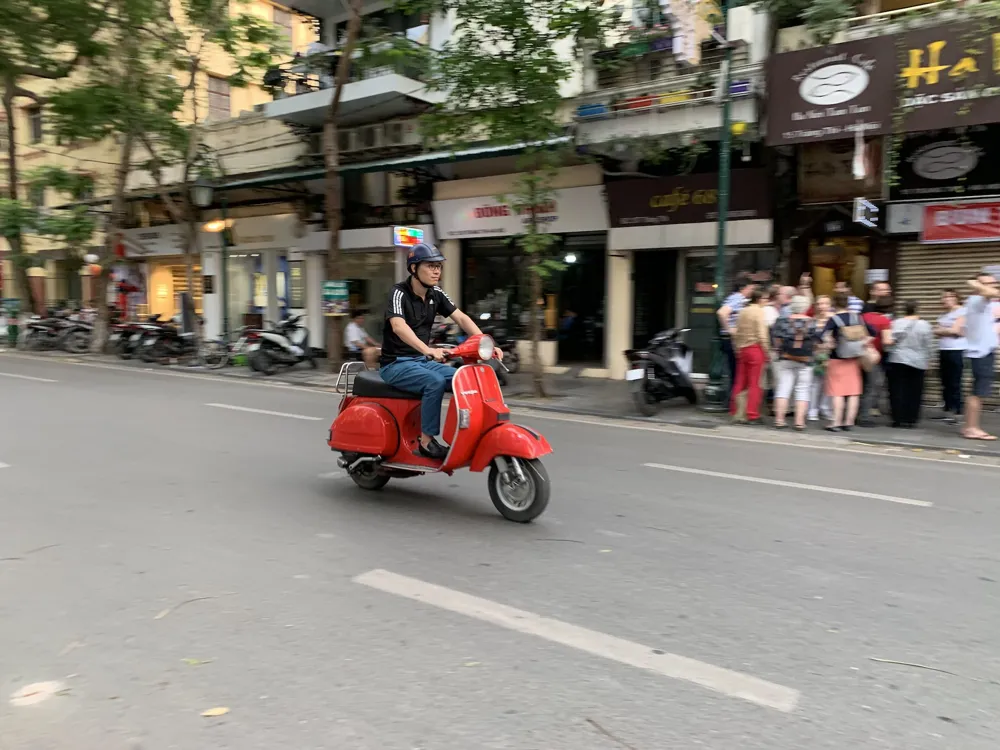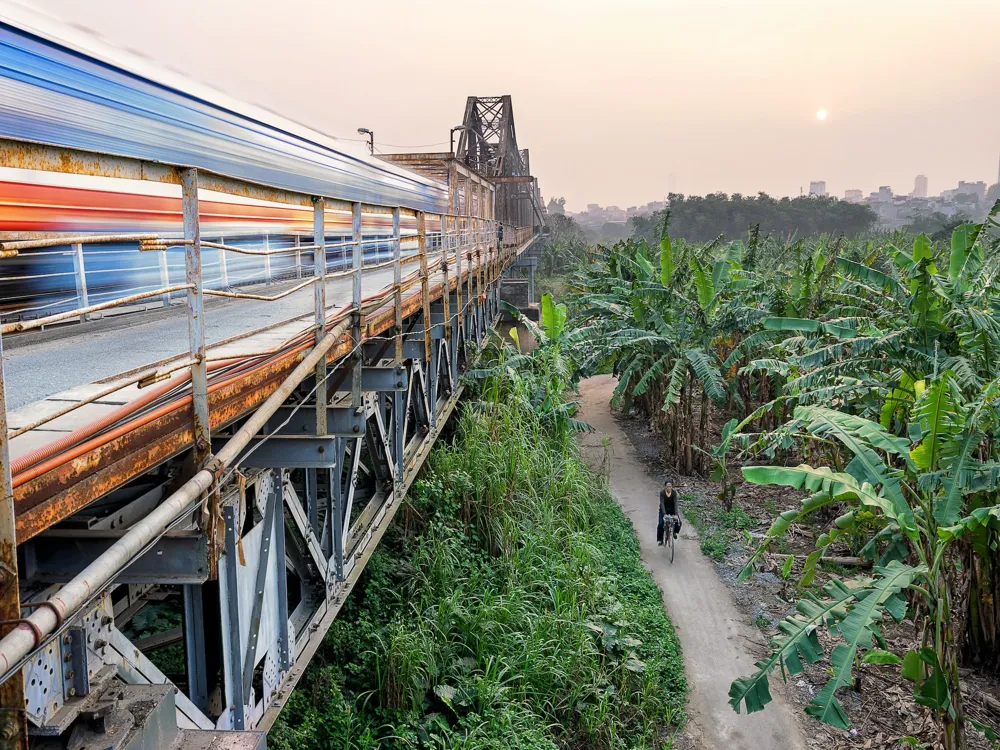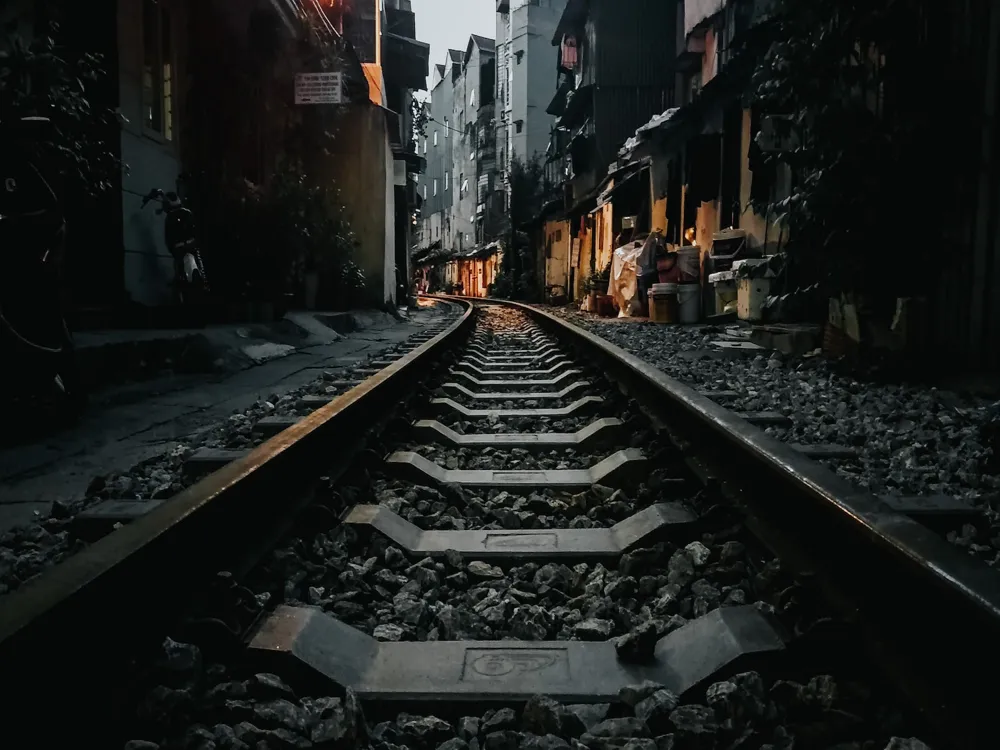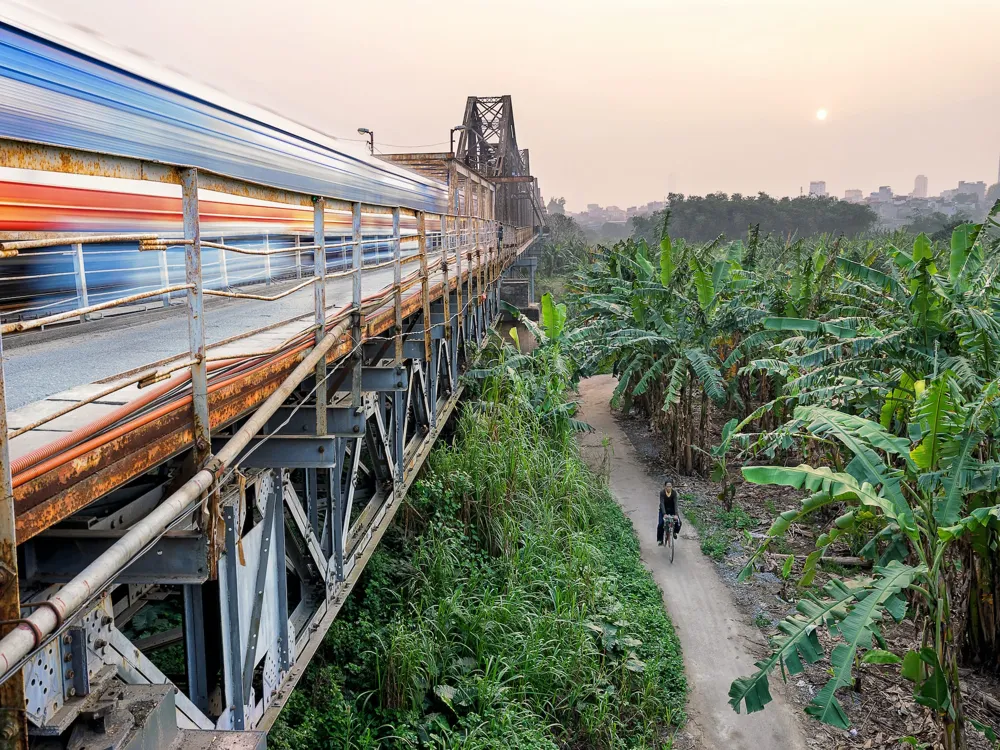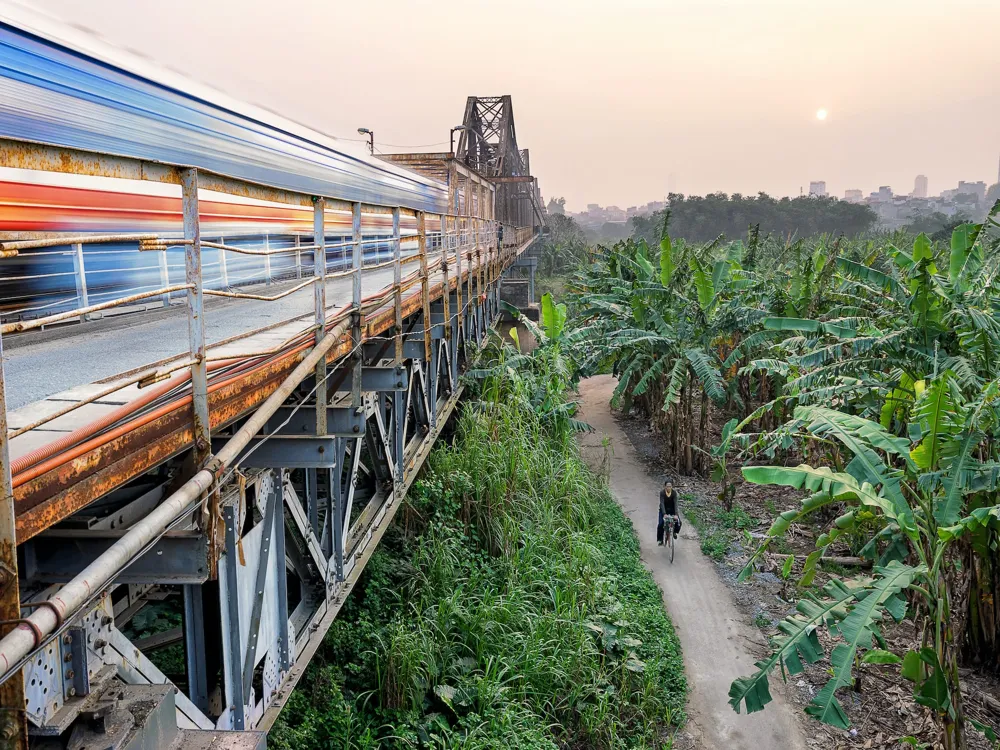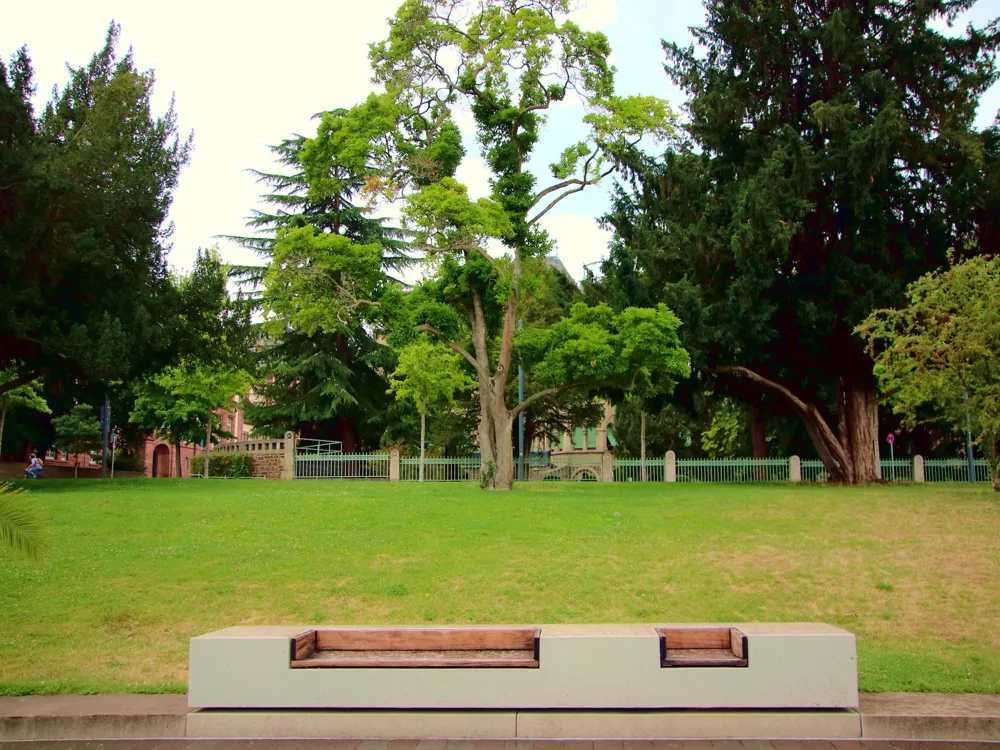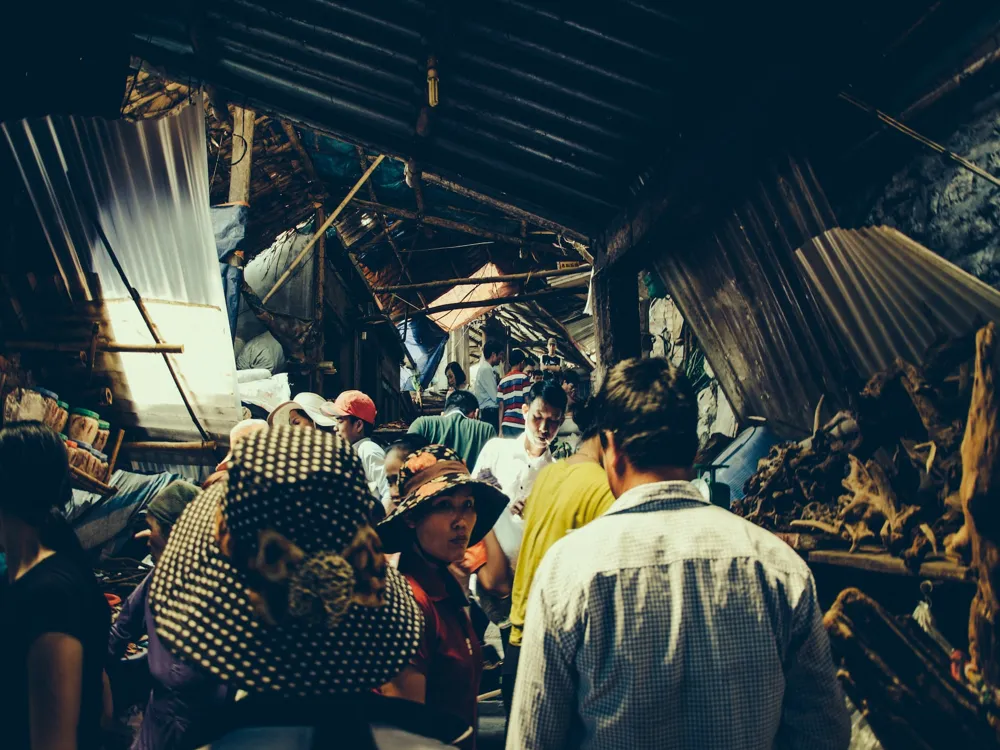Hanoi, the vibrant capital city of Vietnam, is a fusion of ancient history, rich culture, and modern developments. With its origins dating back over a thousand years, Hanoi is a mesmerizing mix of East and West, combining traditional Vietnamese motifs with French colonial influences. This city is not just the political heart of Vietnam but also a cultural and historical center. The streets of Hanoi are alive with the buzzing of motorbikes, the aromas of street food, and a bustling commercial life.
The city's architecture is a testament to its layered history, with well-preserved colonial buildings, ancient pagodas, and modern skyscrapers standing side by side. Hanoi's famous Old Quarter, with its narrow streets and age-old shops, offers a glimpse into the city's past. Meanwhile, areas like the Ba Dinh district showcase the city's progress with wide boulevards and grand state buildings. Hanoi is also a city of lakes, the most famous being Hoan Kiem Lake, providing a serene escape from the urban bustle.
Hanoi's culinary scene is as diverse as its cultural heritage, featuring flavors from all corners of Vietnam. From street-side Pho stalls to upscale restaurants, the city caters to all palates. The city is also home to numerous museums, theaters, and art galleries, reflecting the artistic and intellectual spirit of the Vietnamese people. Not to be missed are the cultural performances like the traditional Water Puppet Theatre, which tells stories of ancient folklore and legends.
The architecture of Hanoi is a fascinating reflection of the city's historical and cultural evolution. From ancient temples and French colonial structures to modern skyscrapers, the city's architecture is a tapestry of styles and eras. The Old Quarter, or '36 streets', is famous for its narrow lanes and traditional shophouses. These buildings, with their fading façades and wooden balconies, evoke the spirit of old Hanoi.
French colonial architecture left a significant imprint on the cityscape of Hanoi. The French quarter features wide boulevards and grand buildings such as the Hanoi Opera House and the State Bank of Vietnam, showcasing the Beaux-Arts style. The influence of French architecture is also evident in the city's numerous villas and mansions, characterized by their ornate balconies, wrought-iron gates, and pastel colors.
Hanoi also boasts several significant religious and cultural structures, such as the Temple of Literature, which was Vietnam's first national university and is a fine example of traditional Vietnamese architecture. The One Pillar Pagoda and the Tran Quoc Pagoda are other notable examples, showcasing unique Buddhist architectural styles. More recently, contemporary architecture in Hanoi has been on the rise, with cutting-edge buildings like the Lotte Center and the Hanoi Museum featuring innovative designs that blend traditional motifs with modern aesthetics.
Hanoi experiences a warm, humid climate with significant rainfall. The best time to visit is during the cooler, drier months from November to April. During this period, the weather is more pleasant, making it ideal for exploring the city and its surroundings.
The city's public transportation system includes buses and a recently introduced metro line. However, navigating Hanoi is often best experienced on foot or by cyclo, especially in the Old Quarter where streets are narrow and packed with interesting sights. Motorbike taxis are also a popular and efficient way to get around, but be sure to agree on a price beforehand.
Respect for local culture and customs is vital. Dress modestly when visiting religious or traditional sites. It's also customary to remove shoes when entering temples or someone's home. Bargaining is a part of the shopping experience in local markets, but do it respectfully. Learning a few Vietnamese phrases can go a long way in showing respect for the local culture.
Hanoi is well-connected internationally and can be reached by air through the Noi Bai International Airport, which is located about 30 kilometers from the city center. The airport serves numerous international and domestic flights, making Hanoi accessible from major cities around the world. From the airport, visitors can take taxis, airport shuttles, or public buses to reach the city center.
For those traveling within Vietnam, Hanoi is well-connected by road and rail. The city's main railway station, Hanoi Railway Station, offers services to various destinations across the country, including the popular overnight train to Sapa. Long-distance buses also connect Hanoi with other major Vietnamese cities. Within the city, the newly developed metro system provides an efficient way to travel to different parts of the city.
Overview of Hanoi
Architecture of Hanoi
Tips When Visiting Hanoi
Best Time to Visit
Navigating the City
Local Etiquette and Customs
How To Reach Hanoi
Thap Rua
Hanoi
₹ 15,260 onwards
View hanoi Packages
Weather :
Tags : Island
Timings : Lighting Hours: 7:00 PM - 11:00 PM
Entry Fee : No entry fee
Planning a Trip? Ask Your Question
Hanoi Travel Packages
View All Packages For Hanoi
Top Hotel Collections for Hanoi

Private Pool

Luxury Hotels

5-Star Hotels

Pet Friendly
Top Hotels Near Hanoi
Other Top Ranking Places In Hanoi
View All Places To Visit In hanoi
View hanoi Packages
Weather :
Tags : Island
Timings : Lighting Hours: 7:00 PM - 11:00 PM
Entry Fee : No entry fee
Planning a Trip? Ask Your Question
Hanoi Travel Packages
View All Packages For Hanoi
Top Hotel Collections for Hanoi

Private Pool

Luxury Hotels

5-Star Hotels

Pet Friendly







